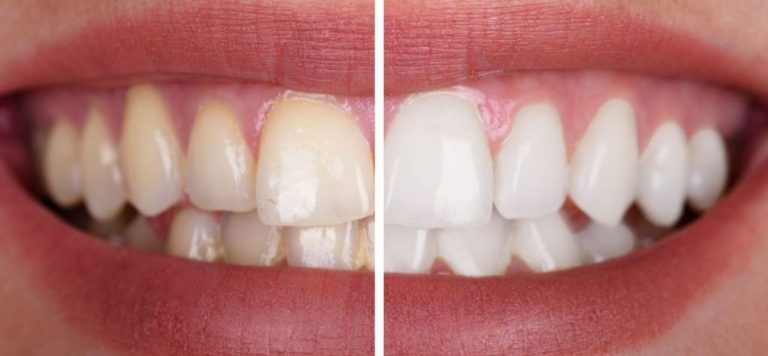How to Manage Excessive Sweating
Excessive sweating, also known as hyperhidrosis, can be uncomfortable and impact many parts of life. It happens when the body sweats more than needed to keep cool. Fortunately, many treatments are available to help reduce sweating and help you feel more comfortable. Want to know how to manage excessive sweating? In this article we look at 12 common methods and treatments that can be used to manage excessive sweating.
1. Electro Antiperspirant
Electro antiperspirant, also known as iontophoresis, uses a mild electric current to help reduce sweating. During this treatment, your hands or other affected areas are placed in water and a small electrical current is sent through the skin. This process can block the sweat glands temporarily, reducing sweat for several sessions. The treatment is non-invasive and is often recommended for people who sweat a lot in the hands or feet.
2. Wear Breathable Clothing
Choosing clothing made of lightweight and breathable fabrics like cotton or moisture-wicking materials can help keep your skin cool. Breathable clothing allows air circulation and helps sweat evaporate. Loose-fitting clothes also help prevent irritation and chafing that may come with damp clothing.
3. Antiperspirant
Regular antiperspirants are different from deodorants. While deodorants only mask smells, antiperspirants work by reducing sweat production. Look for products that contain aluminum-based compounds. These ingredients temporarily block the sweat ducts. Apply antiperspirants at night, when sweat levels are lower, to allow the product to work effectively before you begin your day.
4. Anticholinergic Agents
Anticholinergic medications are pills that can help lower the amount of sweat produced by affecting the signals in your nerves that tell your sweat glands to work. These drugs can be useful for people who have excessive sweating in many parts of the body.
5. Beta-Blockers
Beta-blockers are medicines that help reduce the physical signs of anxiety, such as shaking and sweating. They work well for people who sweat more when they feel nervous or stressed. These medications block the effects of adrenaline, which is the hormone that can trigger sweating.
6. Aluminum Chloride Gel
Aluminum chloride gel is a strong form of antiperspirant that is available by prescription. This gel is applied directly to areas that sweat a lot, such as the underarms. It works by forming a plug in the sweat duct and stopping the flow of sweat to the skin. For best results, follow your doctor’s instructions on how to apply the gel and how long to leave it on your skin.
7. Antidepressants
Sometimes, excessive sweating can come with feelings of anxiety or depression. In these cases, antidepressants may be used to help improve mood and reduce stress. The effect on sweating might be indirect, but by feeling less anxious, you may sweat less. If you believe your sweating is linked to a mood problem, talk with a healthcare provider to see if antidepressants are a good option for you.
8. Medicated Wipes
Medicated wipes are an easy way to manage excessive sweating when you are on the go. These wipes often contain ingredients that help lower the amount of sweat produced or reduce bacteria on the skin. They can be particularly helpful during hot days or when you are in situations that make you sweat a lot.
9. Botulinum Toxin Injections
Botulinum toxin injections, known as Botox, are another option for treating excessive sweating. The injections work by blocking the nerve signals that tell your sweat glands to produce sweat. This treatment can be very effective for underarm sweating and is usually done every six to twelve months.
10. Microwave Therapy
Microwave therapy is a newer treatment that uses controlled microwave energy to destroy sweat glands in the underarm area. The treatment is done in a doctor’s office and can reduce sweating for a long time. It is best for people who have not had success with other treatments. Microwave therapy is a non-invasive option with a good track record, but like any treatment, it is important to discuss the risks and benefits with your doctor.
11. Endoscopic Thoracic Sympathectomy
Endoscopic thoracic sympathectomy is a surgical option for severe cases of hyperhidrosis that do not respond to other treatments. In this procedure, a surgeon cuts or clamps part of the nerve chain that controls sweating in the hands, face or underarms. This surgery can greatly reduce sweating, but it also carries risks, including potential side effects like compensatory sweating in other areas of the body. It is usually considered only after other treatments have not worked.
12. Sweat Gland Removal
Sweat gland removal is a surgical procedure that takes out sweat glands from certain areas where excessive sweating occurs. This option is often a last resort because it is invasive and may cause scarring or other complications. However, for people who have tried many treatments without success, removing the sweat glands can bring lasting relief from excessive sweating.
There are many ways to manage excessive sweating. By exploring these options and discussing them with a health professional, you can work toward reducing sweating and improving your overall comfort and quality of life.

